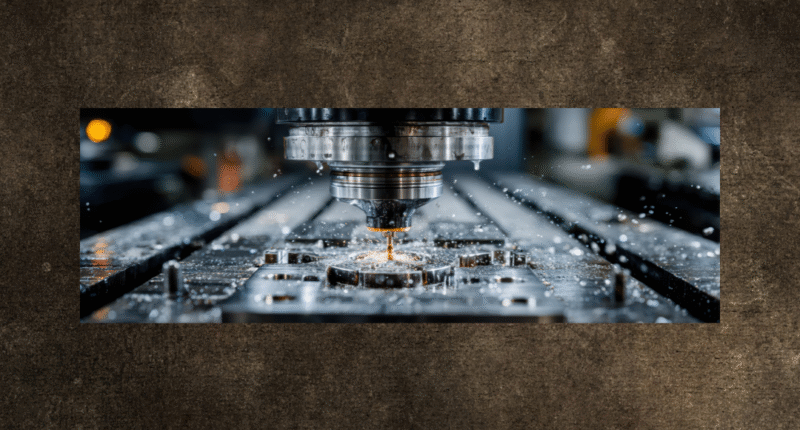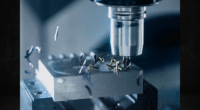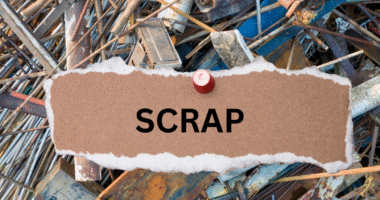Lean manufacturing has become one of the most effective approaches to improving efficiency, reducing costs, and delivering value to customers. By focusing on waste reduction and continuous improvement, manufacturers can build streamlined operations that consistently perform at a high level. In this article, we’ll explore seven essential lean manufacturing techniques that can help boost efficiency in your production process.
1. Value Stream Mapping
Value stream mapping is a visual tool used to analyze every step of the production process. It helps identify activities that add value and those that create waste. By mapping the value stream, manufacturers can target inefficiencies and redesign workflows for smoother operations.
2. 5S Workplace Organization
The 5S system—Sort, Set in Order, Shine, Standardize, Sustain—creates a clean, organized, and efficient work environment. A well-structured workplace reduces downtime, minimizes errors, and ensures employees can focus on value-added activities.
3. Kaizen (Continuous Improvement)
Kaizen emphasizes small, incremental improvements made regularly by employees at all levels. This technique builds a culture where workers actively contribute ideas to refine processes, reduce waste, and improve productivity over time.
4. Kanban (Pull System)
Kanban is a scheduling system that controls inventory and production flow based on actual demand. Instead of pushing products through the system, Kanban “pulls” materials only when needed, reducing overproduction and excess inventory.
5. Just-in-Time (JIT) Production
Just-in-Time production focuses on producing only what is needed, when it is needed, and in the quantity required. This technique minimizes inventory costs, eliminates overproduction, and improves responsiveness to customer demand.
6. Standardized Work
Standardizing processes ensures consistency, quality, and efficiency across all production activities. Clear instructions and documented best practices reduce variability, simplify training, and improve reliability.
7. Total Productive Maintenance (TPM)
TPM aims to maximize equipment effectiveness by involving employees in maintenance activities. Regular preventive maintenance reduces downtime, improves safety, and ensures machines operate at peak performance.
Benefits of Applying Lean Techniques
By integrating these seven lean techniques into manufacturing, businesses can achieve:
-
Reduced waste and lower operational costs.
-
Faster production cycles and shorter lead times.
-
Improved product quality and customer satisfaction.
-
Enhanced employee engagement and teamwork.
-
Long-term sustainability and competitiveness.
Conclusion
Lean manufacturing is not about working harder—it’s about working smarter. Techniques such as value stream mapping, 5S, Kaizen, and Kanban provide practical steps to streamline operations and drive continuous improvement. By applying these seven essential methods, manufacturers can unlock efficiency, boost productivity, and build a culture of excellence.









